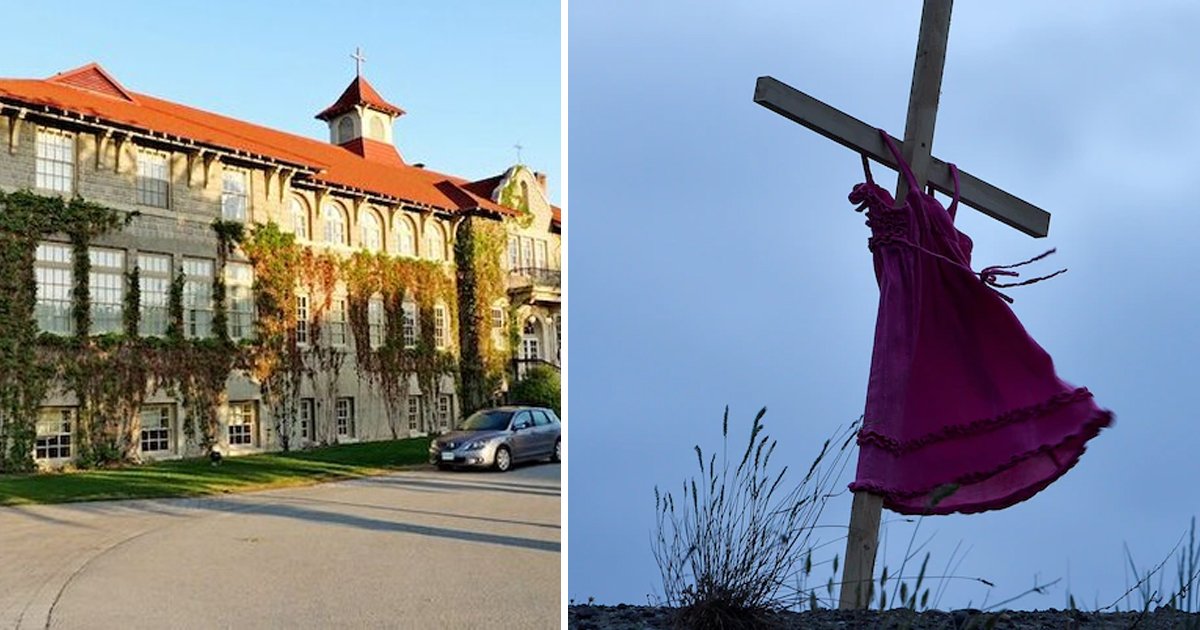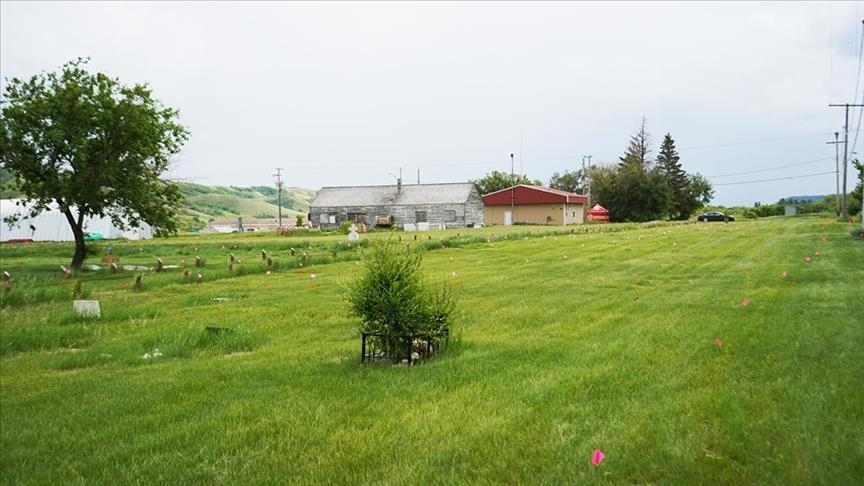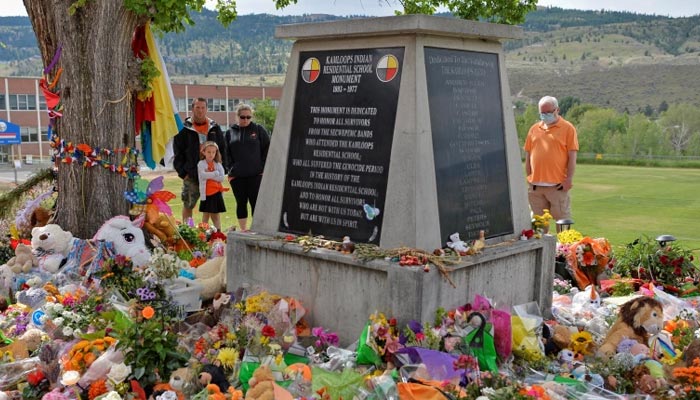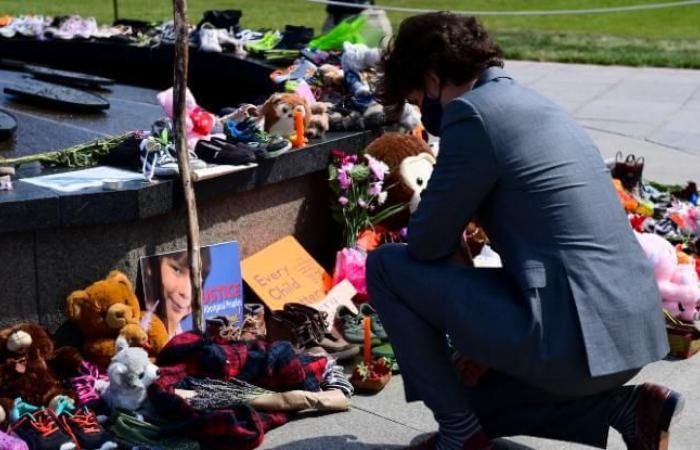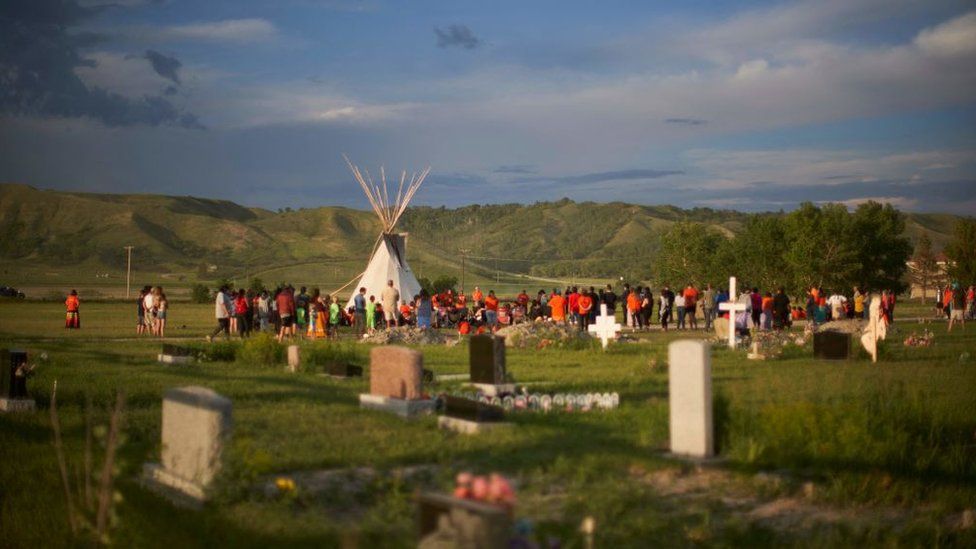In a horrifying new discovery, the remains of more than 182 people were recently found near a residential indigenous school in Canada.
According to local media outlets, the school which goes by the name of St. Eugene’s Mission School was first founded in the year 1912 and since then, had been operated by the Catholic Church. It underwent closing in the year 1970.
Now, officials from the Lower Kootenay Band are stating how experts have managed to locate so many remains in the form of unmarked graves near the school. Moreover, they also explained how the remains belonged to pupils that fell in the age bracket of 7 to 15 years, making it a truly heartbreaking discovery.
Officials also explained how the mass graves had been located recently with the help of radar mapping that uses ground-penetrating technology. The operation took place in the Cranbrook district of British Columbia, explained experts.
News reports went on to add how the remains appear to have belonged to individuals who belong to the Ktunaxa Nation. This includes those present in the surrounding indigenous communities too, with many experts assuming how they were buried in those unmarked graves that happen to be about four feet deep.
As soon as the tragic findings were discovered, Canadian Prime Minister Justin Trudeau went about releasing a statement that mentions how the recent findings added to the increasing amount of unmarked graves that were recently discovered close to residential schools in Canada.
The Prime Minister expressed great grief over the incident, adding how words would always fall short during times like these.
He ended the note with a message of support for the Ktunaxa Nation as well as the different Indigenous communities in the Canadian nation, stating how the country would always be by its side during this difficult time.
Taking a look back at memory lane, experts explain how more than 150,000 children belonging to indigenous communities were forced to attend these Catholic Schools that were funding by the government.
And it is reported that abuse was a common sight observed at these institutions, with many terming it be a ‘genocide’ by both the Catholic Church as well as the Candian Government.


